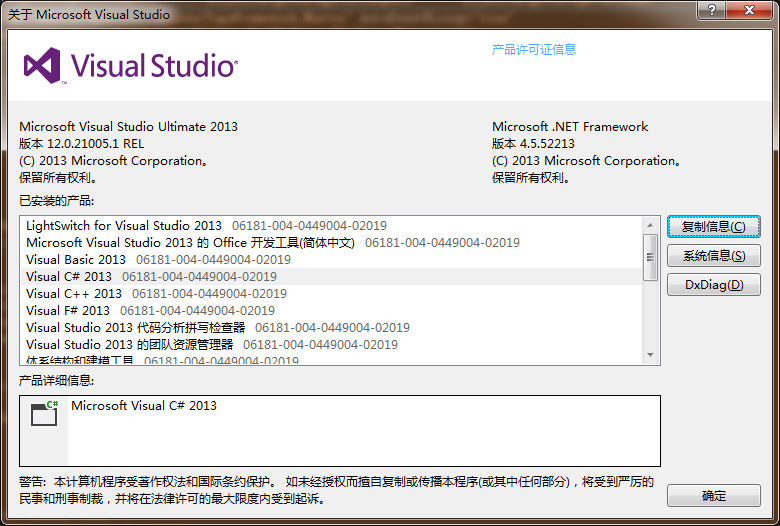可以将文章内容翻译成中文,广告屏蔽插件可能会导致该功能失效(如失效,请关闭广告屏蔽插件后再试):
问题:
I don\'t know what the deal is here…
So I want to run an applescript: sudo osascript myscript.scpt
This works fine in the terminal, but not when I execute it via PHP\'s exec(); nothing happens. The console says
no tty present and no askpass program specified ; TTY=unknown ; …
I did my research, and it seems I\'m missing the password for the sudo command. I tried a couple different ways to get around this, including:
- writing
%admin ALL=(ALL) ALL in /etc/sudoers
- and
proc_open() instead of exec()
none of which seem to be working, consequently driving me CrAzY!
So basically, is there a clear-cut way to get PHP to execute a simple terminal command?
EDIT: to clarify, myscript.scpt is a simple appleScript that changes the onscreen UI (for a larger project). In theory, simply osascript myscript.scpt should be enough, however the sudo is for some reason necessary to invoke some response from the system. If the sudo could be somehow eliminated, I don\'t think I would be having this permissions problem.
回答1:
If anyone still requires this. You can write a plain text file, say ~./.sudopass/sudopass.secret, with the root password there. Let\'s say the root password is \'12345\'. You create ~./.sudopass/sudopass.secret with only \'12345\' as its content:
12345
And then you do the following:
exec(\'sudo -u root -S {{ your command }} < ~/.sudopass/sudopass.secret\');
Remember to use this only in controlled environments.
回答2:
It sounds like you need to set up passwordless sudo. Try:
%admin ALL=(ALL) NOPASSWD: osascript myscript.scpt
Also comment out the following line (in /etc/sudoers via visudo), if it is there:
Defaults requiretty
回答3:
I think you can bring specific access to user and command with visudo something like this:
nobody ALL = NOPASSWD: /path/to/osascript myscript.scpt
and with php:
@exec(\"sudo /path/to/osascript myscript.scpt \");
supposing nobody user is running apache.
回答4:
php: the bash console is created, and it executes 1st script, which call sudo to the second one, see below:
$dev = $_GET[\'device\'];
$cmd = \'/bin/bash /home/www/start.bash \'.$dev;
echo $cmd;
shell_exec($cmd);
/home/www/start.bash
#!/bin/bash
/usr/bin/sudo /home/www/myMount.bash $1
myMount.bash:
#!/bin/bash
function error_exit
{
echo \"Wrong parameter\" 1>&2
exit 1
}
..........
oc, you want to run script from root level without root privileges, to do that create and modify the /etc/sudoers.d/mount file:
www-data ALL=(ALL:ALL) NOPASSWD:/home/www/myMount.bash
dont forget to chmod:
sudo chmod 0440 /etc/sudoers.d/mount
回答5:
Run sudo visudo command then set -%sudo ALL=(ALL:ALL) to %sudo ALL=(ALL:ALL) NOPASSWD: ALL it will work.
回答6:
I recently published a project that allows PHP to obtain and interact with a real Bash shell. Get it here: https://github.com/merlinthemagic/MTS
The shell has a pty (pseudo terminal device, same as you would have in i.e. a ssh session), and you can get the shell as root if desired. Not sure you need root to execute your script, but given you mention sudo it is likely.
After downloading you would simply use the following code:
$shell = \\MTS\\Factories::getDevices()->getLocalHost()->getShell(\'bash\', true);
$return1 = $shell->exeCmd(\'/path/to/osascript myscript.scpt\');
回答7:
I had a similar situation trying to exec() a backend command and also getting no tty present and no askpass program specified in the web server error log. Original (bad) code:
$output = array();
$return_var = 0;
exec(\'sudo my_command\', $output, $return_var);
A bash wrapper solved this issue, such as:
$output = array();
$return_var = 0;
exec(\'sudo bash -c \"my_command\"\', $output, $return_var);
Not sure if this will work in every case. Also, be sure to apply the appropriate quoting/escaping rules on my_command portion.



